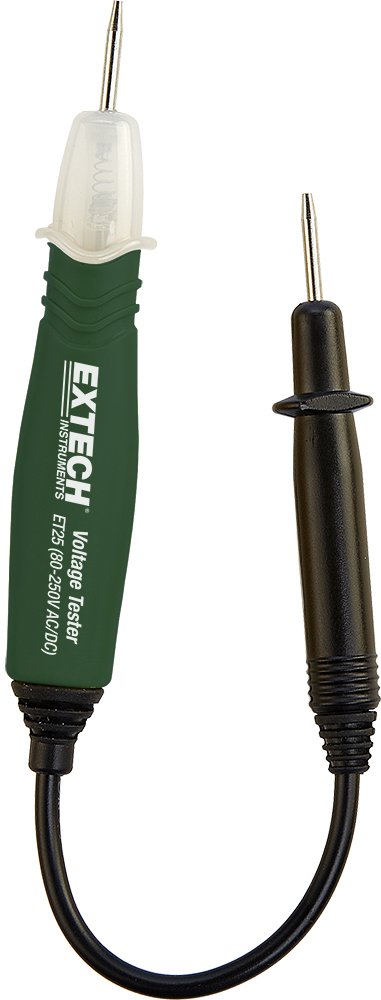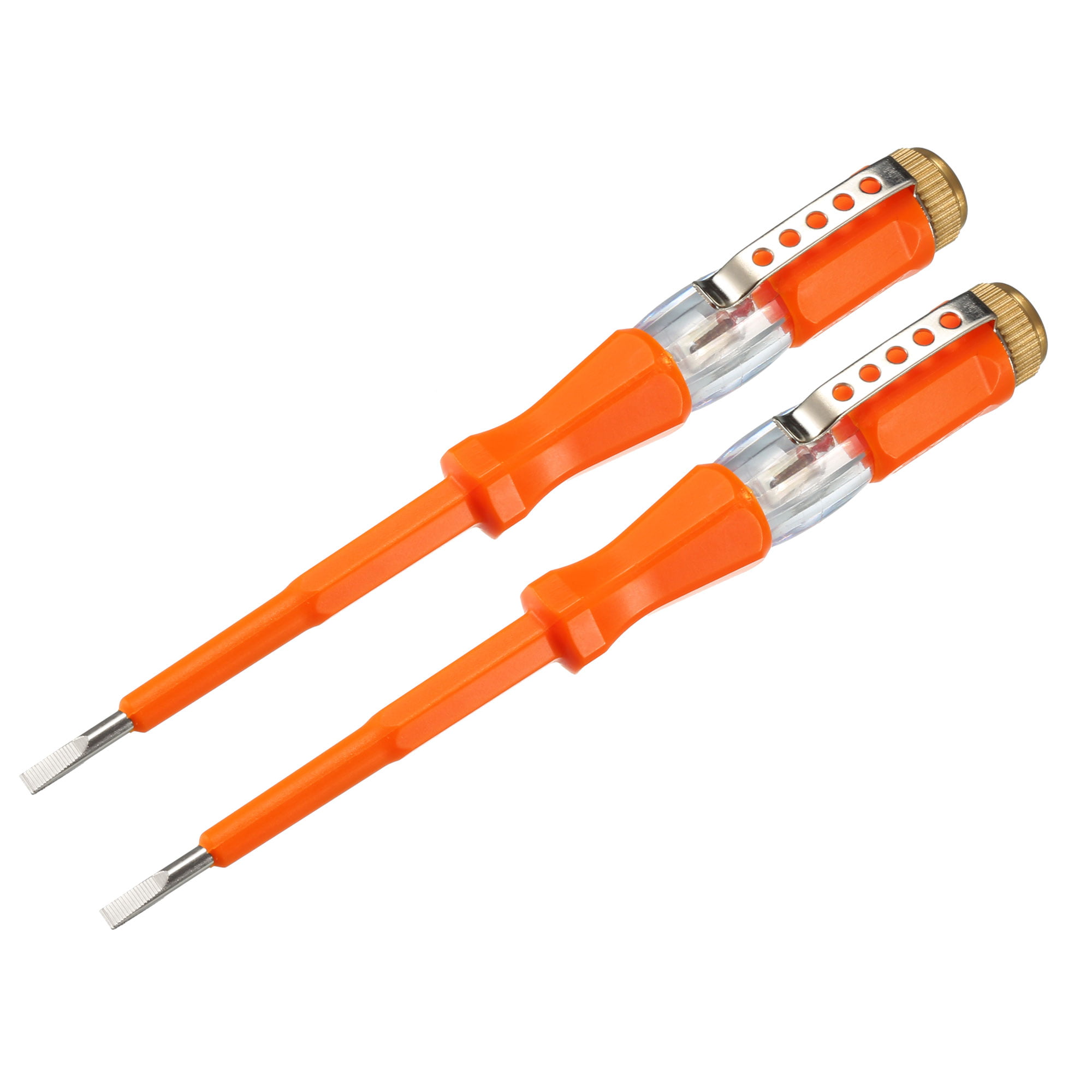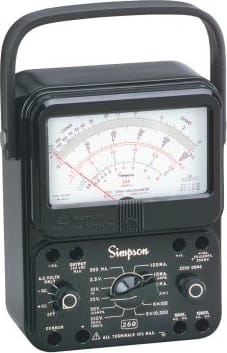OP, I have not read all of the replies so you may have already got the help that you needed, if not here are my thoughts. You more then likely have GFI outlet that tripped and you just haven’t found it yet. Check around one more time, look especially hard behind the junk you have piled up in the garage. If not there check your mechanical room and outside, maybe even the in the air conditioner disconnect box, there may be one hidden in there. It happens to me all of the time, I will get a service call just like you describe, I try to help the homeowner out and save them a few bucks by telling them what to try first. Most shrug it off and act like it can’t be that easy and they have tried resetting everything already. They think it’s gotta be something super complicated. When I get there I find a GFI outlet buried somewhere and reset it and hand them a bill. It’s worth it to double check.
You should look for anything else that doesn’t have power that may be fed from the same circuit. This will give the electrician some good input. If it’s not a GFI issue it is more then likely a bad connection on another outlet somewhere up stream from the outlet that’s not working. I suggest plugging in a cord and shaking the plug around in various outlets close to
Where the faulty outlet is. Then check power to the outlet. This will help
Locate the connection issue.
Is there a chance that this outlet is on a switch? Sometimes we are asked to put the outside outlets on a switch so they can plug their Christmas lights in and turn them off and on from the house. Try all of your switches in the house close to that area. Look in the closets by the entry doors sometimes we hide them in there because they aren’t used regularly.
Regardless of the issue this more then likely is a simple repair. It sometimes can be difficult and time consuming finding the problem but usually a quick little fix. Thankfully because have seen what electricians charge?!?!?!

Good luck!
Make sure to post what you learn.





